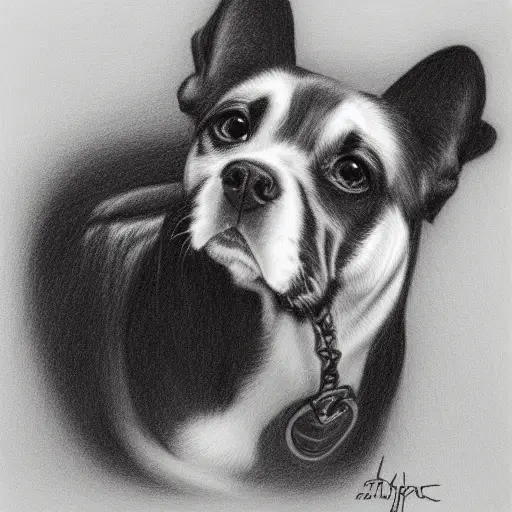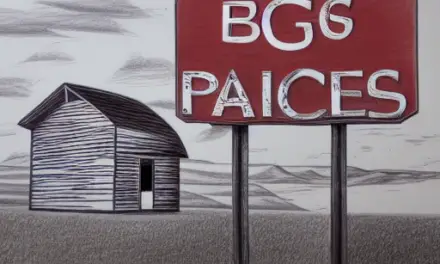Senior dogs may need special care, but there are some ways you can help them stay in good health. The age label helps shelters and new adoptive parents determine the age of dogs and indicate any special requirements. You can read about the symptoms of senior dog aging in this article. There are also some exercise suggestions that can help your older dog remain in good physical condition.
Signs of aging in dogs
One of the most common signs of aging in dogs is clouding of the eyes, a condition called nuclear sclerosis. It looks similar to cataracts but is completely normal for older dogs. It can appear that the dog is losing sight slowly, but it is important to note that most dogs with nuclear sclerosis will maintain good vision for a long time. Veterinarians do not typically recommend treatments for nuclear sclerosis.
The signs of aging in dogs can vary greatly. Older dogs may become less active, sleep more, or have decreased appetite. While these changes are entirely normal, there are some things that you can do to help them age more comfortably. The first thing you can do is to pay attention to your dog’s appearance. You should also keep an eye out for changes in its behavior.
Another common sign of aging is decreased mobility. Older dogs often suffer from joint pains and stiffness. As the collagen in their skin deteriorates, their joints become less elastic. As a result, dogs become less mobile and irritable. Joints can also become inflamed, which can cause your dog to develop skin problems or injury.
Older dogs also tend to have a slower metabolism. This can make them sensitive to temperature extremes. Additionally, their eyes can develop cataracts, which can result in permanent blindness. Finally, dogs can also develop bad breath. Tooth decay and gingivitis are common problems in older dogs. Older dogs may also not drink enough water, causing poor saliva production and an increase in bacterial levels in their mouths.
Aging dogs require extra care and attention. Signs of aging may not be visible at first, but if you start noticing these changes early, you can limit health issues and extend the life of your beloved pet.
Health issues
As your dog gets older, he or she may start to show a number of signs of illness. These signs should be investigated by a veterinarian, who can treat any symptoms and cure underlying problems. While many of these signs may just be signs of old age, some could also be early signs of cancer. Regular wellness exams and lab work panels can help detect the early signs of disease.
As your dog ages, it can experience several behavioral changes. It may become disobedient or forgetful, or act confused. These changes may be a sign of cognitive dysfunction or senility. Arthritis or a decline in muscle mass may also make your dog reluctant to perform activities.
Senior dogs are also susceptible to heart disease, which causes thickened heart valves and abnormal blood flow. Proper therapy and early detection of heart disease may slow its progress and prevent more serious problems. Diabetes is another common issue among aging dogs, which can be treated with medication. If you notice your dog has a history of diabetes, make sure to consult your vet for advice on adjusting your dog’s diet.
Another common issue affecting older dogs is hearing loss. This can happen slowly and can be hard to detect at first. Fortunately, most dogs are able to adjust to this condition. To avoid this condition, make sure your dog’s ears are clean and healthy. In addition, use hand signals or a loud voice when addressing your dog.
Senior dogs are also susceptible to joint problems. Arthritis is common in large breeds and older dogs. It affects joints and limits mobility and should be monitored regularly.
Precautions to take with a senior dog
Senior dogs have certain medical conditions and special care is needed. They may lose their vision, experience arthritis, and have difficulty regulating their body temperatures. Proper diet and exercise are critical to their health. Senior dogs require more frequent vet visits. The veterinarian should monitor their weight and provide recommendations on how to maintain a healthy weight and exercise routine.
Senior dogs may require frequent pill changes. Several pills may need to be given at different times of the day. To make this process easier, create a weekly pillbox for your pet. Also, you may need to make your dog’s mealtimes more convenient. If your pet loses its appetite or starts to ignore you, take him to the vet as soon as possible. Senior dogs may also need their nails trimmed more often.
Your senior dog may need a regular physical examination and vaccinations. Annual testing for heartworm, infectious disease, and parasites is necessary. Your veterinarian may also want to do an x-ray and complete blood count. If these tests reveal abnormalities, a specialist may be needed.
Senior dogs may also experience dental issues, including tooth decay and gum disease. Dental problems can be painful for your senior dog and result in weight loss. Your vet can also prescribe a dietary plan for your senior dog. In addition to dental care, senior dogs need vaccinations and parasite prevention. Senior dogs should also receive regular affection and food.
You should also watch for any changes in your dog’s behavior. These changes are signs of an underlying medical condition. These changes may include limping, difficulty changing position, jumping, and lying down while eating or drinking.
Exercises for a senior dog
As your dog ages, you should adapt his exercise routine to suit his changing physical needs. He may be frailer and less active, and his exercises should be designed to maximize his enjoyment while maintaining good health. For guidance, talk to your veterinarian. A senior dog should be given a lower-stress exercise program, and exercise sessions must be shorter than usual. During these sessions, make sure to check his body temperature, so that he does not overheat.
Older dogs can also benefit from exercises to improve their balance. These include stepping on a low stool and learning balance tricks. Some exercises can help relieve pain and discomfort caused by medical conditions. Water therapy, massage, and heat and cold therapy can also help reduce discomfort. Your veterinarian will be able to recommend the best exercises for your dog based on their needs.
If your dog is resistant to your exercise, you may need to try a different technique. A vet or animal physical therapist will be able to suggest a new way to position your hands. Try to make the exercises as comfortable as possible. The best way to engage your dog in these exercises is by holding them in a comfortable position.
While traditional fetch may be difficult for your senior dog, it can still be fun for both of you. You can switch it up a bit by making it more challenging. Hide and seek is also an excellent game for senior dogs. The object you hide under the cup is out of reach, so if you have an older dog, use an object that is larger to provide more stimulation for your dog. Make sure to consult your vet before beginning a new exercise program for your senior dog. The best way to keep your dog healthy and happy is to find something that works for both of you.
You can also incorporate gentle exercises into your senior dog’s workout routine. Swimming, leash walks, and games of fetch are all excellent ways to keep your dog in shape. You can also use canine calisthenics to give your dog an extra boost of strength and flexibility. These exercises can be done from the comfort of your own home. They will help your dog strengthen areas that may be affecting his quality of life.
Canine cognitive dysfunction syndrome
As dogs age, they tend to exhibit a decline in cognitive function. The increased prevalence of cognitive dysfunction in senior dogs has prompted research on prevention and management. One of the most important objectives of the field is to identify modifiable risk factors and develop preventive strategies. While few studies have been conducted, a study in Spain suggests that the sex, size, and reproductive state of the dog are risk factors.
The first step to identifying a dog’s cognitive decline is to conduct a thorough physical examination. A veterinarian will evaluate the dog’s physical and mental condition to rule out other medical conditions and determine the level of cognitive function. The veterinarian will also perform routine blood tests and may recommend advanced imaging tests. Regardless of the diagnosis, dogs with canine cognitive dysfunction syndrome will need lifelong therapy and support to maintain their cognitive function. Proper home care can help improve your dog’s cognitive function.
Another way to diagnose canine cognitive dysfunction is through a dog’s behavioral symptoms. Dogs with this condition may spend a long time in one place, not respond to commands, or exhibit other symptoms. They may also show a change in their sleep patterns. While some of these symptoms may simply be related to old age, others may signal the development of a more severe medical problem.
Although standard tests are not effective in determining the exact cause of CCD, early detection of these symptoms will help pet owners make an informed decision about treatment options. Veterinary behaviorists and holistic veterinarians can treat dogs with CCD through dietary changes, environmental modifications, and medications. These treatments can help slow the progression of the disease and improve the quality of life of both the dog and the owner.













